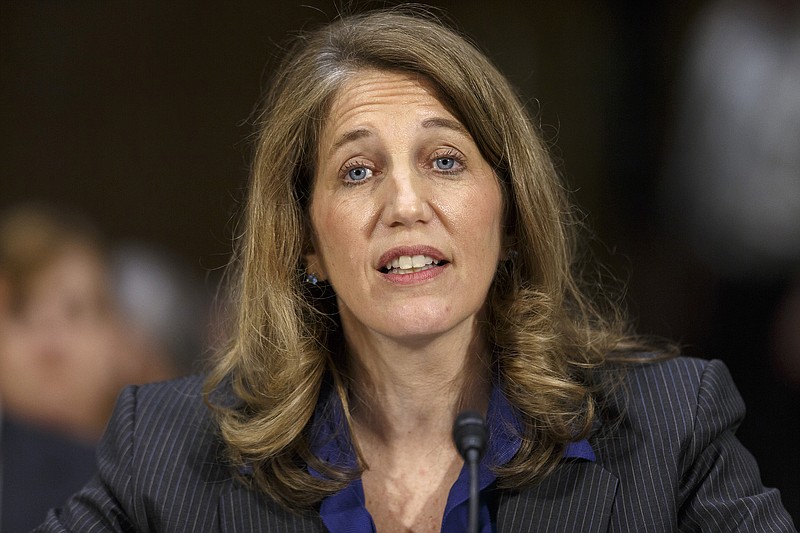If BlueCross BlueShield of Tennessee enrollees are surprised that their insurer wants to raise premiums next year by an average of more than 36 percent, they haven't been paying attention.
The nonprofit insurer lost $141 million on its health exchange plans sold under the Affordable Care Act (ACA) in 2014, and its tax bill -- largely due to new taxes levied under provisions of the ACA -- increased 72 percent to a record $463 million.
Because BlueCross sold an information technology company and because its other holdings and business ventures performed well, the state's largest insurer still managed to earn $199.7 million.
Many people will read that number and not feel too sorry for the insurer, which neither pays dividends or returns yields to shareholders. That would miss the point.
Read more
* Tennessee's biggest health insurer proposes hefty rate increase * How Tennessee's biggest health insurer helped ensure its own profits remained healthy in 2014
The point is that unlike President Obama told Americans at the dawn of the health care system, the cost of their insurance will never go down. When you add people to the system, their attendant medical expenses, the costs of the federal bureaucracy created to run the system and the additional expenses various insurance companies incur in offering health exchange plans, the math to arrive at lower health care premiums for all Americans is not possible.
Can you find someone who is paying less under the Affordable Care Act than under the plan they had before? Of course, but those people are few and far between, and their lower rate is unlikely to last if it already hasn't surpassed the cost of their previous plan.
BlueCross is not the only insurer to say it will have sizable rate increases, either. Community Health Alliance, Humana and Cigna all have said they'll have an average rate jump from 0.4 percent to 36.3 percent. The bump for BlueCross is on top of an average rise of 19 percent on individual plans in 2014. And increases are even higher in other states.
As Russ Blakely, one of the Chattanooga's biggest health insurance brokers told Dave Flessner of the Times Free Press, "It's definitely not working as many had hoped to reduce costs, at least so far."
Indeed, it's hard to see how it ever will.
Since the ACA forces everyone to have insurance or pay a fine, one of the groups that now has insurance include those who were dropped from coverage or had been denied coverage. It's good that they now can have access to insurance coverage; they cannot be denied coverage. The bad part is that their health care expenses are higher than the average enrollee, causing expenses for everyone to rise.
The number of those people and their health care costs are expenses BlueCross officials said they initially underestimated. For instance, in the first couple of years of the health exchange plans, 3 percent of their individual plan members accounted for 50 percent of their medical costs.
Neither BlueCross, which insures nearly half of all Tennesseans, nor any other insurer should be expected to lose money on their plans, even with the federal subsidies offered for many low- and moderate-income enrollees. Whether the not-for-profit BlueCross, or any other insurer, gets the increase it's asking for will be up to state regulators.
And whether the insurer should forego higher rate increases while it has a more-than-required amount of reserves is the wrong way to look at the problem. The problem is not the insurer, which paid 87 percent of what it collected for medical claims in 2014 and contributed a record $14.5 million in charitable giving the same year, but the overall Affordable Care Act itself.
The ACA, according to a new report on the Health Affairs blog, is expected to add more than a quarter of a trillion dollars in administrative costs to the United States health care system from 2012 to 2022. That's 22.5 percent of the total expected federal spending on ACA programs over the same time.
That compares to 2 percent of overhead on the federal government's traditional Medicare program, according to the report.
Combine that cost with losing your doctor, a good possibility under the exchanges, and less time with your doctor, who must see more patients to make up for declining reimbursements, and it's not a pretty picture for patients.
The Supreme Court's decision -- expected this month -- on the legality of offering insurance subsidies in states that don't offer their own marketplace exchanges may muddle the picture even more. But don't expect to hear, anytime soon, that your individual insurance premium is going down because of the effectiveness of the Affordable Care Act.
